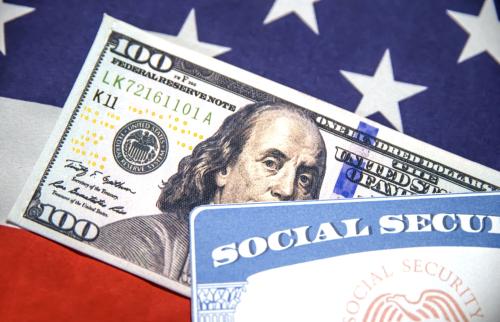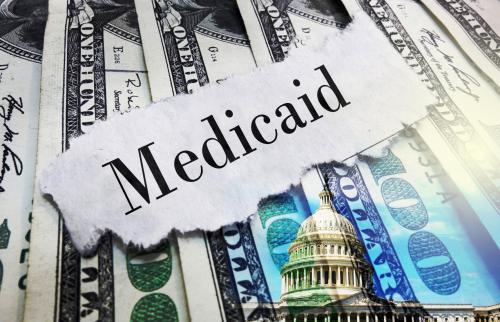In the fall of 1998, personal saving, as measured in the United States Government’s official National Income and Product Accounts (N.I.P.A.), dipped below zero for the first time since the Great Depression. For the entire year, personal saving totaled just one-half of 1 percent of after-tax income—the lowest since 1933. Are you worried? Join the crowd. But all is not lost—indeed, all may be fine and dandy. For the closer one looks at the saving “crisis,” the harder it is to draw firm conclusions. And while we would by no means dismiss the issue as a misunderstanding, it is apparent that the official saving statistics mean little in the abstract. From one perfectly reasonable perspective, saving rates are higher today than they have been since the 1950’s. Confused? Settle back for some serious bean counting. The issues are complex, but understanding them is worth the effort.
The Brookings Institution is committed to quality, independence, and impact.
We are supported by a diverse array of funders. In line with our values and policies, each Brookings publication represents the sole views of its author(s).



Commentary
The Savings Crisis: In the Eye of the Beholder?
August 26, 1999